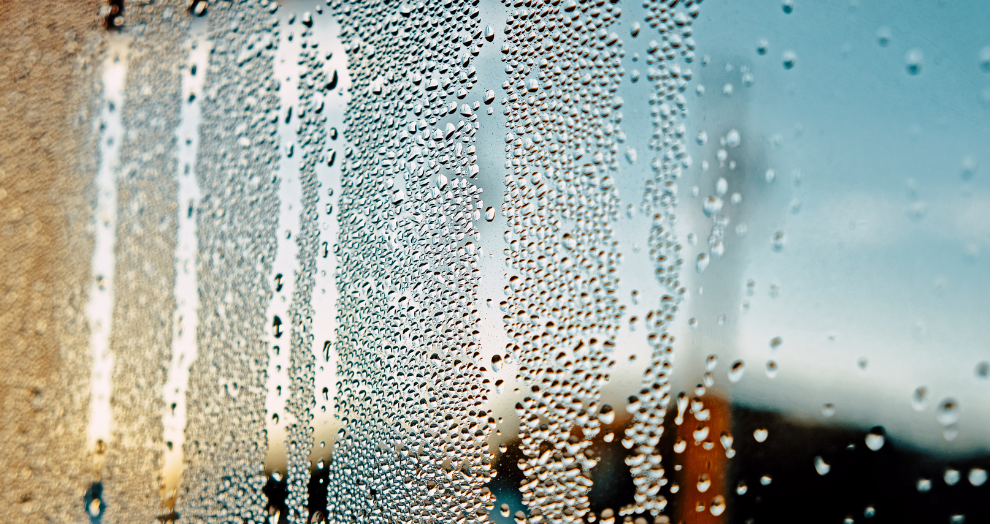Not only is it unsightly and visible in your photographs, but black mould harms your health. Read this article to rid your home of black mould before you put your property on the market.
Mildew and black mould can be the bain of your life. You will understand if you live in an older property or a property with limited insulation. Black mildew is unhealthy and unsightly and can form around windows on ceilings or behind furniture. How can you tackle it before putting our homes on the market so that it doesn't harm your chances of a sale?
What is condensation?
Condensation creates black mould that forms around our homes. It is bad for our health due to poor air quality, which can adversely affect anyone living in these conditions, and it can be particularly bad for asthma sufferers.
Why is it misunderstood?
Often, condensation is confused with dampness. Damp can be very costly to rectify in a property. Rising damp means that moisture is entering the property from the ground, evidenced by a watermark that appears to be rising from the ground level. To repair this, all the plaster must be removed from the walls, the damp chemically treated, and then the newly plastered walls. This is clearly a large job with huge upheaval and high costs. Perhaps this is why when we see mould or mildew in a property, we are concerned? If there is water staining at the ceiling level, this is most likely the result of water ingress or a leak. However, condensation is an entirely different issue and can occur in any room. It is caused by a lack of ventilation and heat in an area with high moisture levels, evidenced by black mould spores forming on surfaces.
Why does it happen?
Moisture is created inside the property. This could be from several sources, but it is most likely steamy environments such as bathrooms or bedrooms. The average family of four creates 14 litres of water into the atmosphere simply by breathing. If this moisture is allowed to stay inside a property without ventilation, that moisture will settle on surfaces and form mildew.
How to combat it?
Ventilation & heat. Keeping a property warm enough so that the house's walls are not cold will ensure that the moisture in the air does not settle on the surfaces and become mildew. Reducing the additional moisture in the air is also key, meaning that any wet washing left to dry inside is in a warm room, and windows are opened after showering to allow the steam to escape.
Black mould forms due to a property's occupants and the heat, insulation and ventilation within the property. Suppose your property is particularly cold or has low levels of insulation; black mould can form unless you consciously make efforts to prevent it.
That being said, if your property has evidence of black mould, it is often relatively easy to treat. And it all starts with a look at the lifestyle of the occupants. Are you drying wet washing or keeping your windows tightly shut. Do you need to insulate your home in the loft or cavity wall insulation if that is an option for your property? A cold spot within your walls or ceiling will soon show signs of mildew as the temperatures outside drop. You could use a dehumidifier in the home or install a ventilation system to keep your walls mould-free all year round.
Many remedies can help with mould and mildew in your home, and if you have black mould, whilst it can damage your health, fixing the issue does not necessarily have to be damaging to your wallet.
If you have any questions about your property, get in touch with our team of property experts today.

